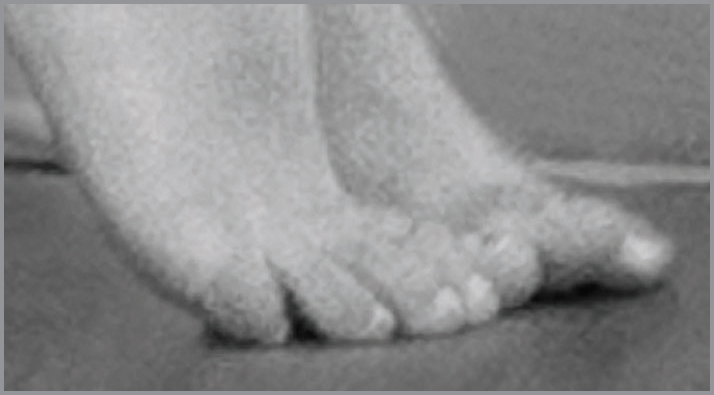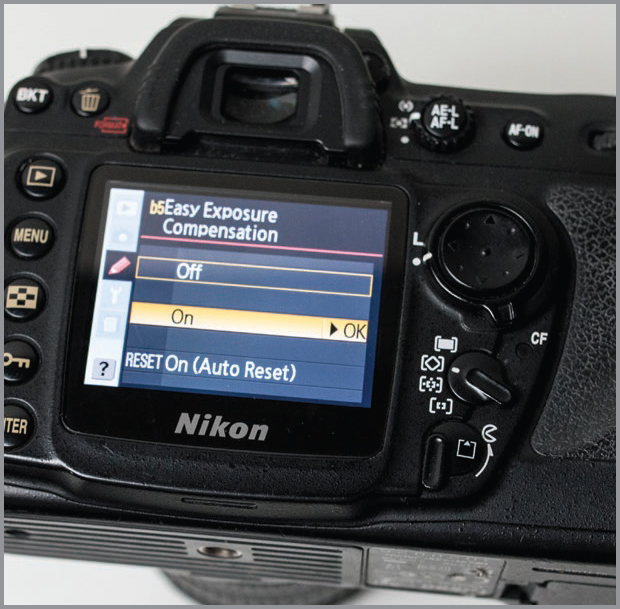Common Issues with ISO and Exposure Settings

Avoiding High ISO Settings in Fear of Noise
Noise is the speckled effect that results from shooting in low light conditions; it increases as ISO settings climb. This is not usually a desired effect, and some photographers can be excessively noisephobic.
I urge you to keep in mind that the ISO capabilities are improving with each new generation of camera. Newer cameras with high ISO capabilities are the superheroes in this setting; most can be used at 2500 ISO (or higher) with no obvious grain problem.
High ISO settings are helpful for lifestyle photography, which is often performed with natural light inside not-so-bright homes. Capturing rambunctious children requires higher ISOs because of the need for faster shutter speeds. Don’t sacrifice a great moment for fear of bumping up the ISO—even if there’s a little noise increase. Noise is better than blur. Lifestyle photography is often presented in black & white, where noise may even be welcomed.

Seeking Camera Repairs for Exposure Issues
If your camera regularly over- or underexposes images, don’t send it out for repair. It’s not necessary. Individual cameras can have exposure idiosyncrasies that can be adjusted by the owner. For example, if your camera seems to be consistently overexposing (for your personal taste), the exposure compensation can be moved back from the default 0.0 setting to –0.3. This adjustment remains in effect until you change it.

In my fantasies, I picture this unposed, grainy, storytelling image in LIFE magazine--a job I would have loved.

This close-up shows the noise created under not-so-favorable lighting conditions with a camera that did not have very good ISO capability.

This + and – in black and white triangles is where exposure can be quickly adjusted long term or on the fly.

Exposure compensation is also accessible from the menu.